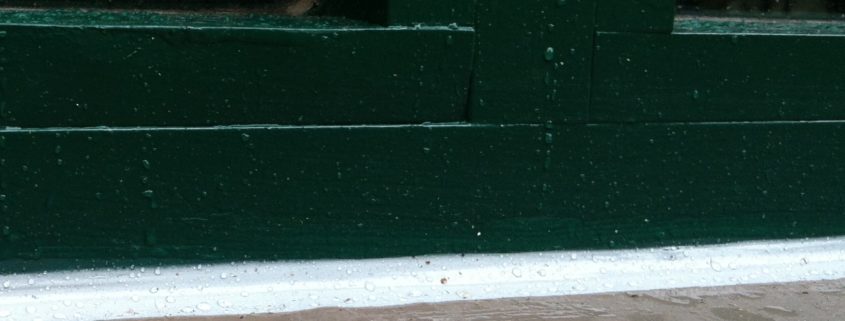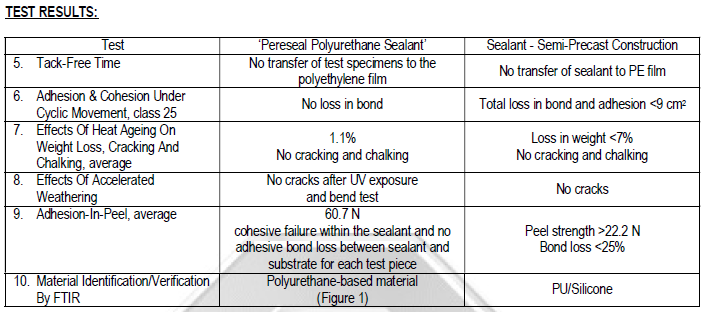How long can sealants last?
This is a question we face quite often – how long do sealants last? Short answer – from a few years to decades – it all depends on the conditions it’s used in.
We do not have any specific data on lifespan since that is dependent on so many factors. Simply put – sealants can last a good number of years – even up to 50 to 100 years, but the amount of weathering and exposure will affect the lifespan. Constant movement or mechanical abrasion are also factors which will decrease lifespan.
There are actually indicators of durability and lifespan reflected in the PSB test reports of our products, and since these have controlled variables, they are easier to quantify. They don’t tell you how many years a sealant can last. Instead, they simulate real world durability by subjecting our sealant samples to accelerated stress. This, in turn, gives users a good idea on the durability of the sealant.
Our sealants are sent to TÜV SÜD PSB for testing using the ASTM C920 : 2008 Standard Specification For Elastomeric Joint Sealants test methods. In each test report, the following are a few tests that pertain to the durability of a sealant.
6: Cyclic Adhesion & Cohesion
Adopted ASTM C719 : 2005 Standard Test Method for Adhesion And Cohesion Of Elastomeric Joint Sealants Under Cyclic Movement (Hockman Cycle).
Brief description: Constantly stretching and compressing the sealant in a range of conditions over a few weeks. To adhere to the standard, sealant must show no loss in bond, i.e. no adhesion or cohesion failure.
7: Effects of Heat Ageing
ASTM C1246 : 2017 Standard Test Method For Effects Of Heat Ageing On Weight Loss, Cracking, And Chalking Of Elastomeric Sealants After Cure
Brief description: Heating up the sealant up to 70C for 21 days to see if there is cracking or chalking. To adhere to the standard, sealant show no cracking or chalking.
8: Effects Of Accelerated Weathering
Adopted ASTM C793 : 2005 (2017) Standard Test Method For Effects Of Accelerated Weathering On Elastomeric Joint Sealants
Brief description: Repeated cycles of exposure to UV and condensation for more than 30 days. To adhere to the standard, sealant must not crack.
Users may find these data in our test reports available on each product page, where applicable. An example of the test results is shown here:
These 3 points give a good overall view of the durability of a sealant when subject to accelerated stress, and in turn, should give users confidence in the quality and durability of our sealants.




